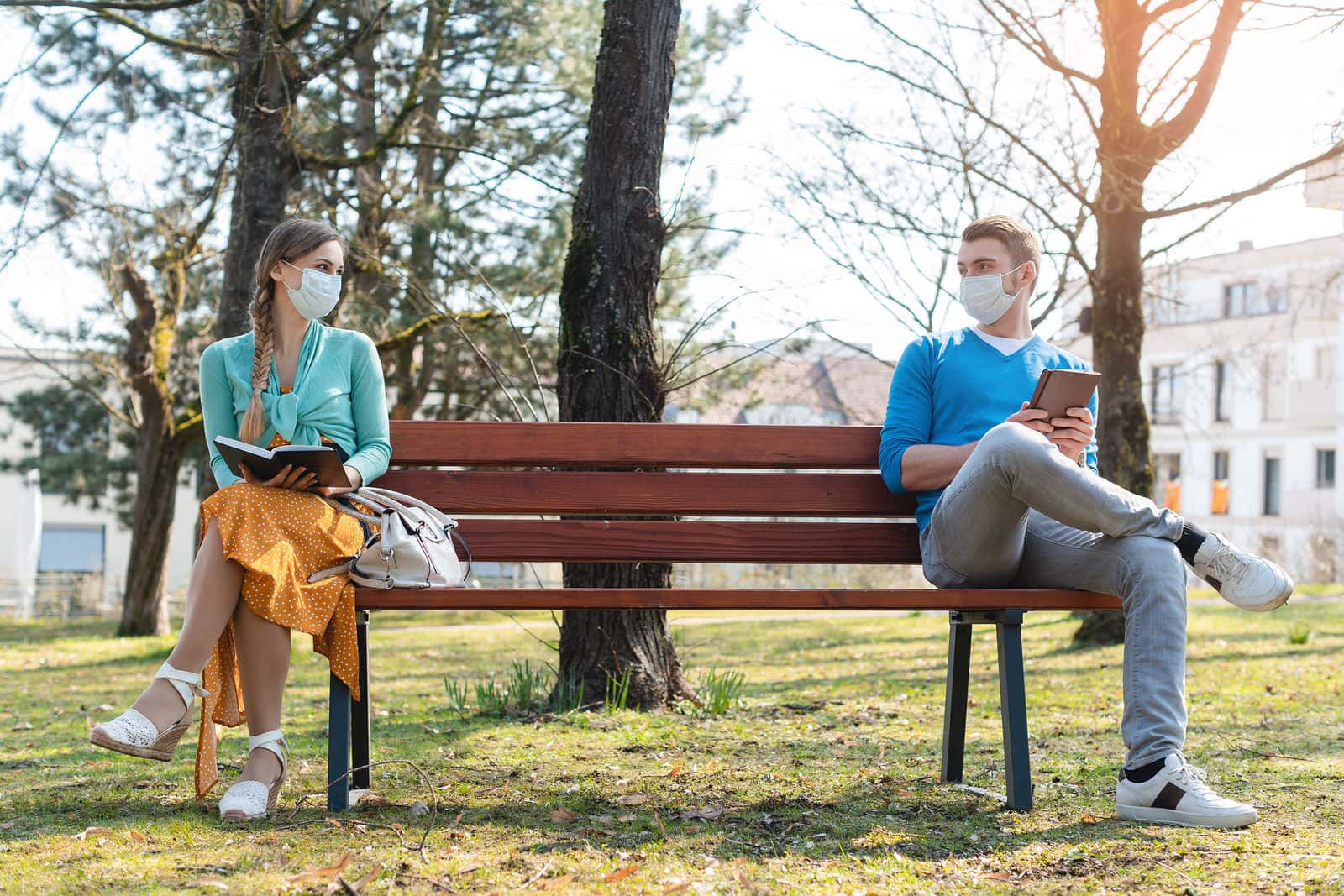
We know you probably don’t want to read a story about COVID. Everyone wishes that we could just relegate it to the memory bank, like a bad nightmare. However, although this disease is no longer a pandemic, it has not disappeared. Holiday picnics, weddings, and other summertime gatherings seem to have contributed to a rise in COVID-19 cases.
Summertime COVID Cases:
Although levels are far below where they were at the height of the pandemic, the CDC reports that cases have been increasing in 38 states. Many cases are attributed to new variants, especially KP.3 and LB.1. Mutations in these strains make them more transmissible. Since hospitals do not need to report COVID-19 admissions, we don’t have good data on that aspect.
SARS-CoV-2 remains a leading cause of death, however. Between early May and early June 2024, more than 1,600 people died from this infection. Public health experts urge people experiencing respiratory symptoms to stay home so that they can avoid spreading the infection. While this is good advice, it is not perfect, since people are contagious for a couple of days before they start to feel ill. It is a bit easier to isolate for a period after COVID.
The CDC Policy on Self-Isolation After COVID:
The agency made it official this spring (CDC March 1, 2024). Regardless of whether a respiratory infection was flu, COVID, RSV or some other virus, anyone who feels better and has not taken fever-reducing medicine or had a fever for 24 hours can go back to work or school. The idea is that people are more likely to follow recommendations that are simple and clear. Many people do not know which respiratory virus made them cough or sneeze, so having a single set of guidelines could be helpful.
Air Quality:
The CDC does suggest attention to indoor air quality. This can be achieved by bringing in more fresh air from outside and purifying the air circulating indoors. The CDC also advises people to wear well-fitting masks while they are recovering, especially if they may be in contact with vulnerable individuals such as the elderly or immune-compromised.
Dissenting Views:
Not everyone is thrilled with this decision. Some public health officials not at the CDC are concerned that older people and the immune-suppressed are still at serious risk of catching COVID and dying from it. A spokesperson for the People’s CDC said the decision “sweeps this serious illness under the rug.”
What Will You Do After COVID?
We hope that infected people will stay home to avoid spreading the infection. Unfortunately, paid sick leave is not available to many workers, especially those who may interact with lots of vulnerable people. We’re thinking of hospitality and health care workers, but there are others. Perhaps someday municipalities will require good ventilation in public buildings. That could be the first step in shifting responsibility for staying healthy from individuals to society, which should be better able to manage it.
For more information on how we can face COVID going forward, you may wish to listen to our interview with Dr. Paul Offit. It is Show 1377: Tell Me When It’s Over.

